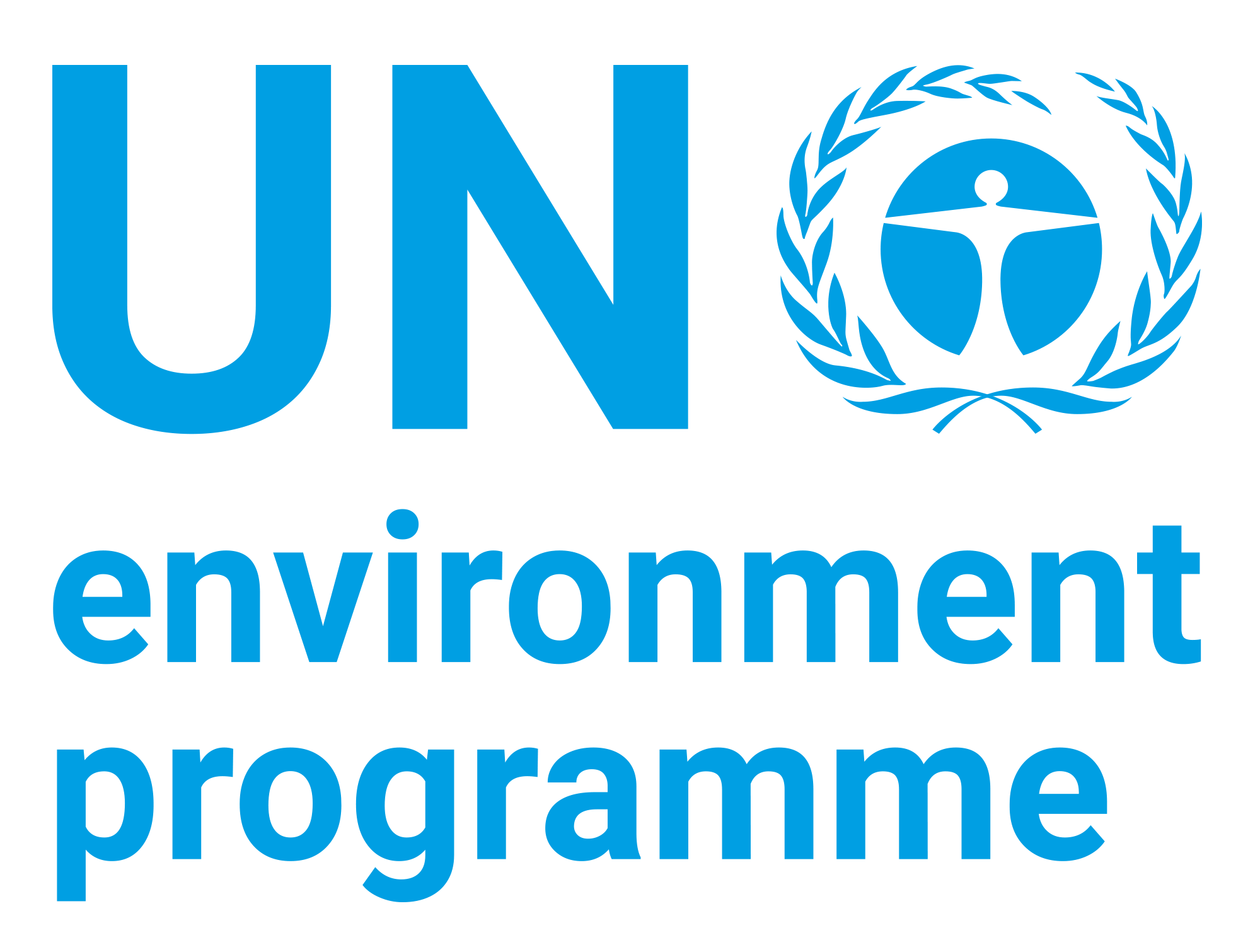2002 report of the flexible and rigid foams: technical options committee

Date
2003Author
United Nations Environment Programme
Citation Tool
Bibliographic Managers
RT Generic T1 2002 report of the flexible and rigid foams: technical options committee A1 United Nations Environment Programme YR 2003 LK https://wedocs.unep.org/20.500.11822/7745 PB UNEP AB TY - GEN T1 - 2002 report of the flexible and rigid foams: technical options committee AU - United Nations Environment Programme Y1 - 2003 UR - https://wedocs.unep.org/20.500.11822/7745 PB - UNEP AB - @misc{20.500.11822_7745 author = {United Nations Environment Programme}, title = {2002 report of the flexible and rigid foams: technical options committee}, year = {2003}, abstract = {}, url = {https://wedocs.unep.org/20.500.11822/7745} } @misc{20.500.11822_7745 author = {United Nations Environment Programme}, title = {2002 report of the flexible and rigid foams: technical options committee}, year = {2003}, abstract = {}, url = {https://wedocs.unep.org/20.500.11822/7745} } TY - GEN T1 - 2002 report of the flexible and rigid foams: technical options committee AU - United Nations Environment Programme UR - https://wedocs.unep.org/20.500.11822/7745 PB - UNEP AB -View/Open
Item Statistics
Display item statisticsMetadata
Show full item recordDescription
Historically, the blowing agent selection made by the foam plastics manufacturing industry was based heavily on CFCs. This was particularly the case in closed cell insulating foams. An assortment of CFCs and other ozone depleting substances (ODSs), including CFC-11, CFC-12, CFC-113, CFC-114 and methyl chloroform were used in numerous foam plastic product applications. However, the effect of the phase-out process has been to create further diversification. The first technology transition in the early 1990s led to the introduction of transitional substances such as HCFCs as well as the increasing use of hydrocarbons and other non-ODSs. This transition is still taking place in Article 5(1) countries. In non-Article 5(1) countries, particularly in Europe and North America, attention is now firmly focused on the second phase of technology transition out of the transitional substances. This transition is concentrating attention on the emerging HFC-based technologies, although it should be stressed that much consideration is still being given to the optimisation of hydrocarbon and CO2 technologies1 and these technologies are gaining market share in several sectors. As before, this report details, for each foam type, the technically viable options available to eliminate CFC and other ODS use as of 2002. However, by way of departure from previous reports, this review concentrates primarily on the transition status by product group and region and on issues affecting transition. Coverage of technical options per se is now located for information purposes within the appendices only.
Collections
Document Viewer
To read more, scroll down below.

